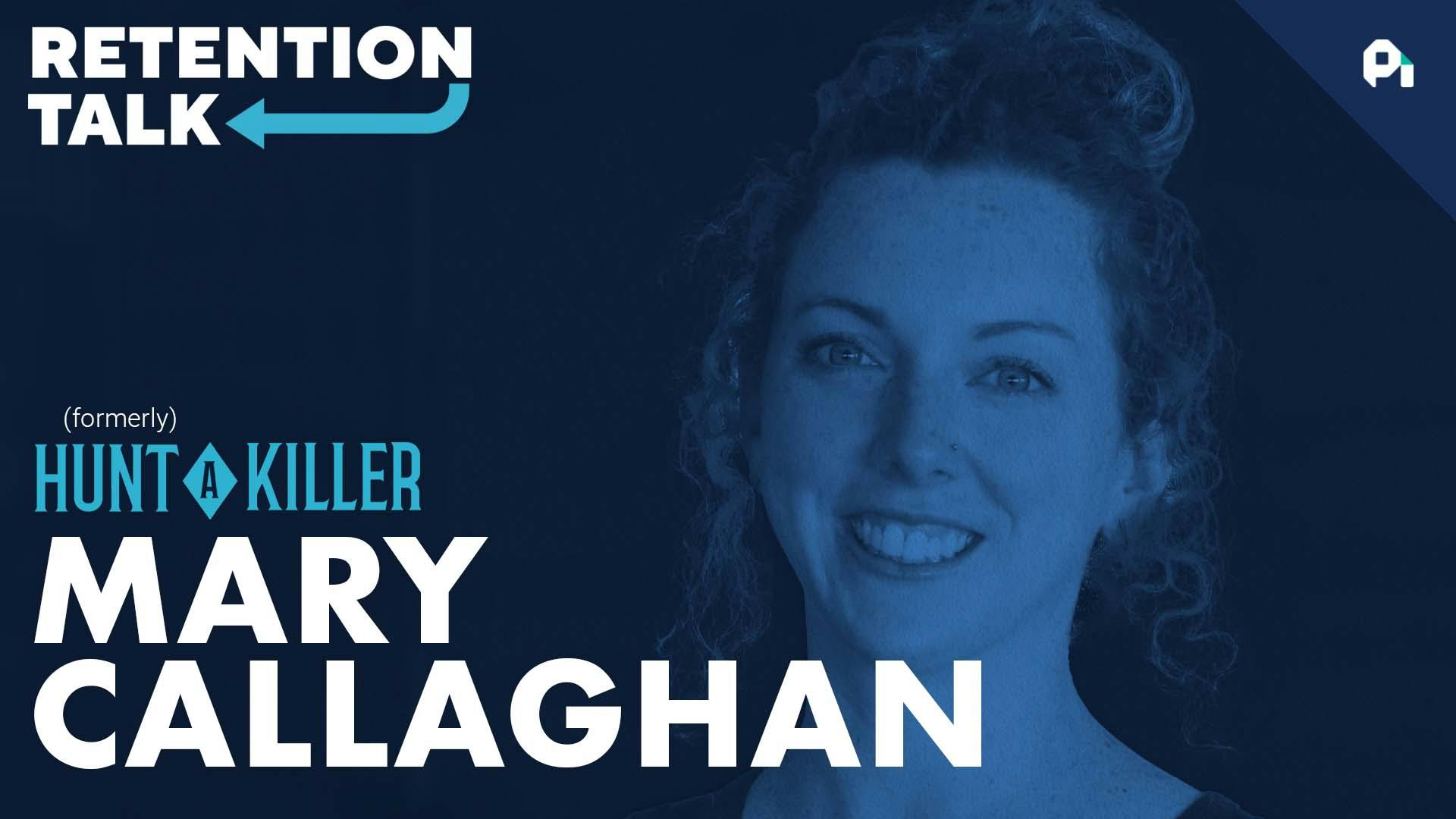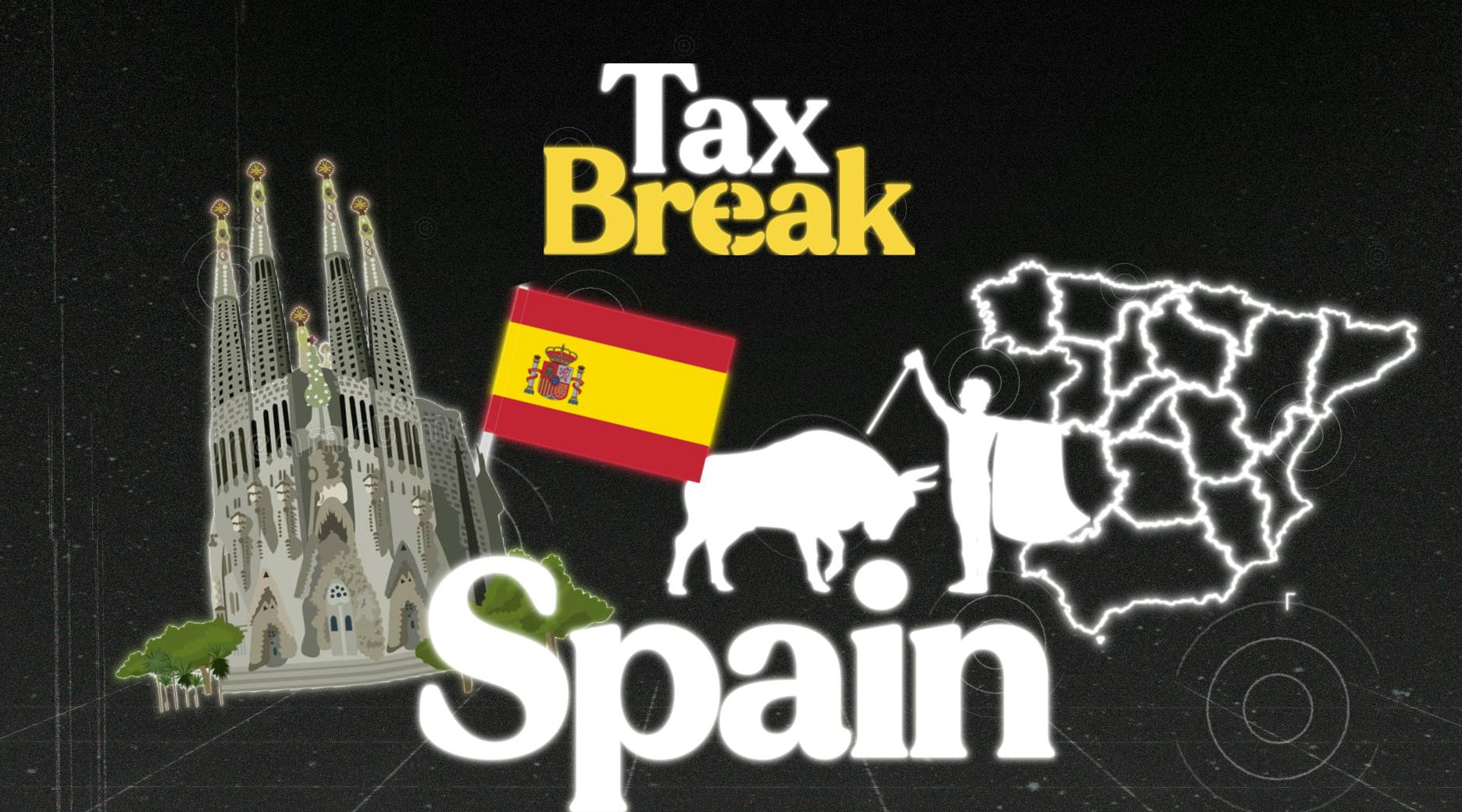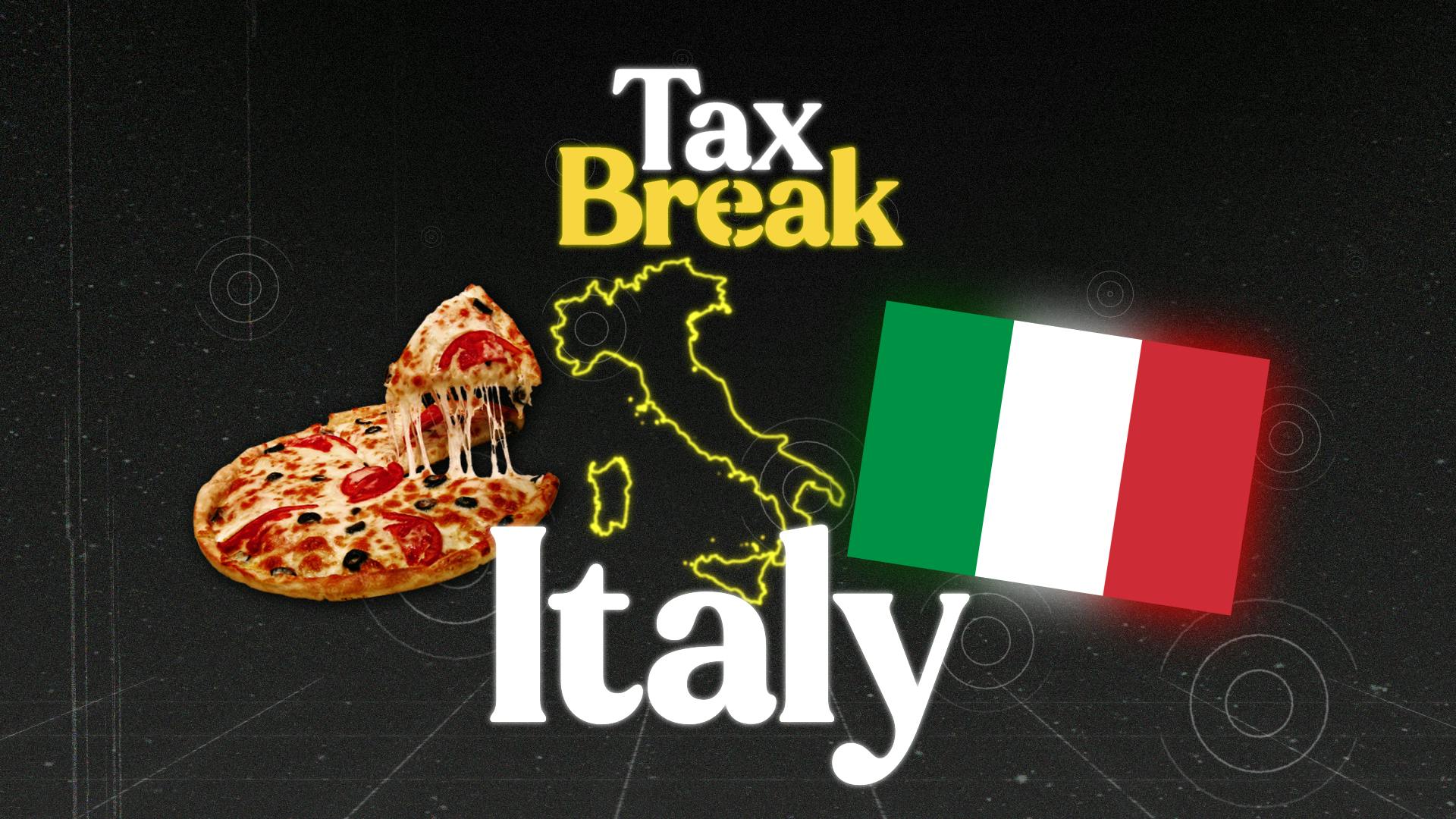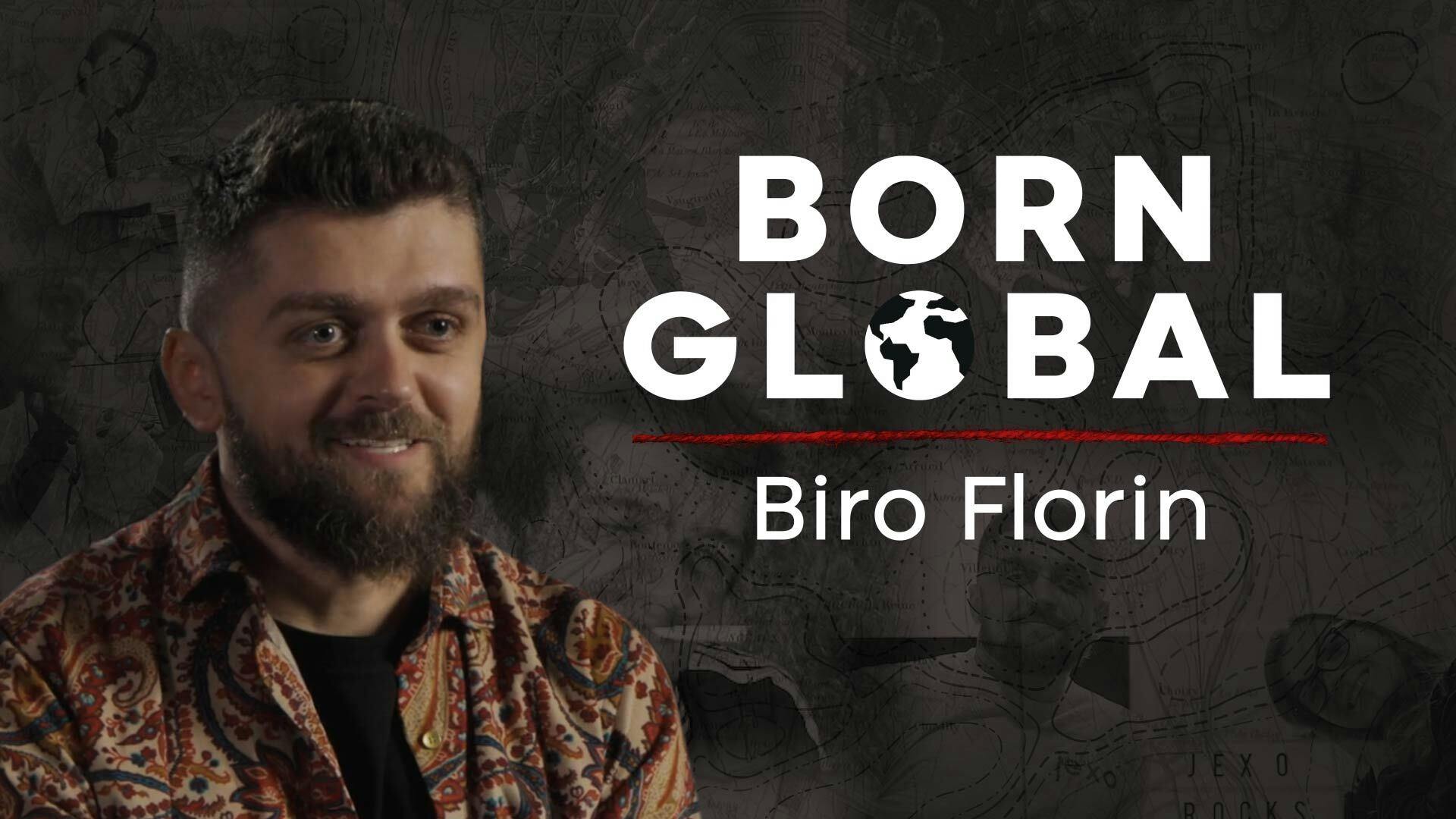
Product roadmaps, leveraging data, and defining churn goals | Framer’s Oscar Carlsson
This episode might reference ProfitWell and ProfitWell Recur, which following the acquisition by Paddle is now Paddle Studios. Some information may be out of date.
Please message us at studios@paddle.com if you have any questions or comments!
Holding on to a customer just because they pay you a lot of money can be a negative. If the fit isn’t there, they’re likely going to churn anyway. Your resources are better served acquiring new customers or better yet, reinforcing value to customers who already fit the product profile.
On today’s episode of Retention Talk, I speak with Oscar Carlsson, Head of Growth over at Framer. Along with knowing when to let certain customers churn, we talked about leveraging data across the entire stack, having an outcome-focused product roadmap, and many more retention-heavy topics.
Key points discussed in the episode
"We had to let some of the bigger enterprise customers churn and bet on other ones with the promised future that we would be able to attract more customers and we would be able to solve the need that they had in a better way.” – Oscar Carlsson
Leveraging data across the entire stack
Empowering your teams across the board to take ownership of certain metrics will help create a data-driven culture, fostering experimentation and data driven decision-making.
Letting certain customers churn
Though it sounds counterintuitive, letting certain customers go is a good thing. You want to focus your efforts and resources on those customers that are going to provide a higher lifetime value.
Having an outcome-focused product roadmap
Rather than worry about different features and capabilities, Oscar described how the entire company was aligned about segmenting their buyer personas and the outcomes they were working toward. This led to a laser focus for the entire company to radically shift, not only the distribution channel, but their product itself.
Take Action:
Customer churn (or customer attrition) refers to the loss of customers or subscribers for any reason at all. Those reasons fall into two main categories: active or voluntary churn and delinquencies or involuntary churn.
Active churn occurs whenever a current customer actively chooses to leave your product, whether it’s because they didn’t see the value, get their support ticket answered, or simply just don’t need the product, which can mean they were a poor fit. And as Oscar described, there are certain moments when churn can be a good thing. The key is to understand your customers and identify which ones are worth making an effort to keep. And it all starts with implementing a retention strategy.
5 steps to reduce churn:
1. Define your churn goals and utilize data
Setting goals allows you to measure your progress through your retention process as you loop back from individual experiments, as well as set an end-point for the process. You set the goal at the start so everyone on the team knows what they are aiming for, and what you want to accomplish.
Once you’ve set these goals, then you can start the process of looking over your existing data and feedback and defining the questions you need to ask and designing the right experiments to answer them.
2. Ask the right questions
For your process to work, you need to generate the right questions. You’ll have a good idea of what areas of your company are causing churn problems from user feedback and internal data. Segment customers by how they use your product, and target specific experiments at them.
3. Develop your hypothesis
Once you know the questions you want to ask, build them into a workable hypothesis. The point of developing a hypothesis is that it forces you to think about the questions you’re asking in more detail.
Think about the impact any experiment is going to have on churn to help with your decision making, turning the multitude of questions you have assembled into specific ideas you can action and test. This is a way to understand your choices and how you can progress with your process.
4. Test & analyze your ideas
Every company is going to be different, and every experiment will be different, but what is important is to get the minimum viable test up and running as quickly as possible. Don’t overthink the experimental design or over-engineer a solution. You’re looking for quick results, so you can learn from them and move on, either refining that experiment, or moving on to the next.
It’s also vital that you invest in analytics that’ll actually help you measure and analyze what happened. If you are building a process, you need the analytics in place to measure every single step your customers make so that you have the data to justify your hypothesis.
5. Refine, reject, repeat
Your experiments will provide actionable learnings that you can use to move your service forward. If you see a decrease in churn, but think the same idea can do better with some tweaks, then you can refine your process and repeat your experiments, reducing churn incrementally with each new idea.
Once your experimental phase of the process is over, review your objectives, systematize your learnings, and optimize your process ready for the next challenge.
Do us a favor?
Part of the way we measure success is by seeing if our content is shareable. If you got value from this episode and write up, we'd appreciate a share on Twitter or LinkedIn.
Sadly, during this period of time there's been a few hard discussions we've had to let some of the bigger enterprise customers and and some of the customers that were bought into something that we didn't think that we could solve. We had to let them share and basically and paid on under ones with the promised future that we would be able to attract more customers and we would be able to solve the need that they had in a better way.
Welcome to retention talk. I'm Neil de cyan. We're talking to the best minds in the world of product and customer success to bring you actionable strategies on reducing churn and boosting retention. This week we're talking to Oscar Carlson, who is a head of growth at Framer. Today, we're going to dive into how Framer uses beta across all of their teams to track and monitor retention when it might actually be a good idea to let certain customers churn and pay careful attention to how Oscar describes how outcome centric their product road map is and how this aligns the entire company moving forward.
Oscar, thank you so much for being here. I'm super pumped to learn more about Framer and the ways in which you guys you know focus on on customer engagement and retention. Sort of kick things off for the audience like give give everyone the lowdown on who you are, what you do and how you end up at Framer.
Yeah thanks. It's a pleasure to be here so my name is Oscar. I'm the head of growth at Framer and framers, they interactive design tool, and we're on a mission to make all designs interactive, so.
Kicking the static out of designs and my background and how I ended up in growth through data science and data science by nature and started my career at Spotify. Working with helping the product teams develop product using data, trying to find different ways to do it could move the metrics including retention, activation. So built up a strong knowledge in metric frameworks needed for businesses but also different tactics and ideas.
And approaches to moving these metrics worked a lot with culture and different teams, and figuring out how collectively to make progress on metrics when.
I'm so jealous of the types of data that you got. There probably work with and see first hand at at Spotify, but even today, right and just sort of being able to experiment and sort of deploy experiments to boost retention? Seems like you have a strong background in data science and obviously heavily involved in both Spotify, but even framer now give me like sort of high level framework on how you guys have set up, sort of.
The framework around not only tracking data, but how to move these metrics overtime, is this a centralized team at at Framer? Is it spread out across? Is it a hub and spoke model like you know I'd love to learn more and unpack exactly how data is sort of like you know, leveraged across the across the different teams there.
Yeah, for sure so famous tenor pretty smaller company were around 70 employees so they responsibility is still central. We haven't had to kind of like scaling up to go to more. The centralized where you put a data scientist or data analyst in.
Every team which I have seen and what's the scenario at Spotify the way I would structure the metrics and tracking is but starting simple and not go for everything at once but start with your kind of like core pillars of your business. Start by tracking those in a good way and get into a routine of looking at them and caring about them and then whenever you feel the need for the next metric, that's when you add it. So definitely start simple and.
Adding things incrementally as you get along.
Perfect like sort of just curious as as framework continues to scale and expand, its sort of customer base and an employee count like what is the biggest challenge you are facing today when it comes to improving retention I.
Think would divide this up into two. I would probably look at it from a product angle and then from the culture angle as well. And I think in the product angle there's been two or three very exciting years with Framer where we started out as a all in code tool.
Where we had kind of like no visual help to make your prototypes interactive and then we launched a new product Framer X, which added kind of like this visual editor for you to make designs right in the canvas without having to use code. Which means that we basically made the product more accessible, which did improve the retention by by some magnitudes and then after having done this, we kind of like open up the distribution and we went from being a Mac application to being a web based one which also.
Improved arm retention by magnitudes, and now that we're on the web and we've done all of these big, fundamental changes that we could do, we're trying to look for the next big things in finding retention, and we can't pick these fundamental changes anymore. So now we're looking more and more into being more customer focused. So how can we figure out what the big themes about the big things that our customers want to make in the product? So we're in the creative space, meaning that the outcome and the way that you could use our product is very flexible, and it differs from customer to customer.
So there's no one way of using Framer. There's multiple, so figuring out how to build a product road map and how to kind of like rank. The importance of these different things into retention is what we're focusing on right now, and I feel like we're getting into a good framework where we talk about customer use cases and we try to rank them through different means so we have the enterprise teams giving us input on what our big enterprise customers want. We have a public way of giving feedback.
On the product road map in using a tool called Kenny and we're also internally looking at data, so we're trying to triangulate using all these free into figuring out which of the use cases are most likely to move the retention numbers, and when I talk use cases, I mean big outcomes that a user can do using the tools, so not talking about specific features, but outcomes that they can do.
So that's on the product side and on the cultural side. When you grow, when you add a lot of people, you kind of like need to educate and get people into the right mindset of the things that you want to build. So I think definitely education and kind of like building this and nurturing this mindset of being fastic, executing, not overthinking what we do and also being close to the customer and executing on the on the use cases. Those would be the two big things.
Got it. Well, I I can't imagine what it's been like for the last like year for you guys 'cause.
That's not. I mean, that's not a small lift to one, not only to completely overhaul the app to provide a web offering, but second, right provides some no code tooling to make using the product even easier. And I'm also I'm fascinated by companies that have a public road map and get feedback in that way. So a couple of things I want to unpack here. This sounds like a pretty big extension and strategic decision for framework 'cause it clearly took a lot of resources in time to do this. What sparked all of this happening right? What was the initial impetus behind making this decision?
It's been big, big changes in big leaps forward for Framer, and it's not kind of like the conventional of we build. Another feature like it's been fundamental changes to the business. We also changed the business model in all of this. It is very complicated doing things like this since we have during this years accumulated a lot of enterprise customers and we have a lot of recurring revenue that we need to retain at the same time as we need new businesses to to get in. And I think the main reasons or the main arguments for.
Motivations for why we did this is that we saw growth stalling at some places, and we saw that were saturating some of the markets and we wanted to remain a high growth rate that we've seen before and basically laid out on the table. What are the biggest thing or did things that we could do that have the highest chance for us to hit these growth targets? And by doing that these fundamental and pretty radical things came out. And in hindsight, saying that we executed on these.
They were the best things to do we could do and.
Yeah, got it. How did you balance so something you said was like we had to make sure that we retained our existing customers while we cater to this new buyer persona right? 'cause suddenly now you had multiple personas that you are catering to who probably have different use cases and driving towards different outcomes. How did you make sure you still catered towards the use cases of your existing customer base while working on sort of adding additional capabilities?
Within this by.
Fundamental looking at what we think which use cases and what problems for the customers do we think we're best aligned up to solve? And sadly, during this period of time there's been a few hard discussions we've had to let some of the bigger enterprise customers and and some of the customers that were bought into something that we didn't think that we could solve. We had to let them share and basically and bet on under ones with the promised future that we would be able to attract more customers and we would be able to.
Solve the need that they had in a better.
Way got it cool so something we we at least talk a lot about our profit. Well which is sort of this idea around focusing on outcomes right products that are outcome driven typically have a higher willingness to pay, and it obviously better attention because it's less about the features and capabilities. But it really helps drive a metric or outcome for the end user. Tell me more about how you guys have worked on really crystallising the outcomes for your customers overtime and it sounds like you guys have a very clear idea of what those outcomes are.
Today, how did you guys get there? How did?
That evolve, yeah, I'm a massive believer in in outcome focused product road map and I think it's kind of like a one way of being a way for a company to be customer focused. I think it was a natural next step for frame. Are we done a lot of fundamental and big radical changes so the distribution change the access ability change which naturally tend to be more feature focused now that we have. Is that a platform in in the web?
The next big thing for us to move retention is by solving more and more common customer use cases. I think it was a natural progression for Framer to end up there.
That makes a ton of sense. Walk me through something I'm curious about. Every time I talk to someone that has sort of a strong background in data, what does your process for running experiments look like? Is that pretty insulated to the growth team is at hand in hand with product like would love to learn about sort of an experiment. You guys originally ran in the success or or.
Metrics that it was sort of trying to drive.
Yeah, for sure, I think experiment this framer is not only in the growth team or only in the product team. I think we see every product and or every project that we run in the company as a sort of experiment. We try to frame the different projects that the different teams work on as experiment and then given that we are a smaller company means that we don't have the big masses of users and a lot of data meaning that a B, testing and kind of like the very rigorous way of doing experimentation.
Is hard, so you need to find other ways of achieving this, which is basically what an experiment is is that you have a problem that you've identified. You have hypothesis for a solution to the problem. You implement a solution and then you want to learn if this solution worked or not. I think they be testing as everybody know is that like the ideal way of getting the number on, did we improve or did we make a solution that is actually an improvement to the problem or not?
I think in smaller companies such as Framer you need to find different ways and the culture and the way of experimentation that we were going forward famous to very quickly execute on projects and don't spend a lot of overhead in meetings. But if you have a good idea, implement it and then show the final product to the rest of the company instead of sitting around and talking about it. So it's a lot of rapid execution and being a very maker first culture where everybody is expected to do, I see work.
And where we kind of like, expect everybody to not come with a paper document giving a plan for how something could be, but to execute on it. But be very quick at realizing if it works or not. And then course correct if you need to.
Or double done.
That makes sense and I I love that. I mean, I love the fact that you guys have a very decentralized approach to empowering everyone at the company to sort of like take things in their own hands. And if they ship something to hopefully make things better, I think the flip side of that is making sure there's alignment, right? And across teams and making sure you guys are sort of all marching in the same beat. So given that everyone is sort of working on different experiments or initiatives to sort of drive engagement and retention, like what are some North Star metrics that you guys track?
As a team or as a company that that ultimately are sort of leading or indicators of success on. If you guys are doing a good.
Job yeah for sure. So we have a pretty standardized metric framework. The metrics that we care about this activation. How good are we are turning new signups into weekly active users that use the product retention? How many users come back week two week free up until week eight conversion? How many of these turn or buy the subscription?
Framer Pro and Virality, which is how many new users are they bringing in. So using this framework we kind of like organize the company so that different parts of the business focus on different things so we have one team focusing on interactive design which is more closely related to activation and retention where one team focusing on teams, so making sure that the team features are in a good place. Lining up for conversion and then marketing team focusing on.
Use the requisition, so I think the way of giving a lot of autonomy, but then also giving guidance to which team focuses on what. Make sure that everybody is not running over each other past.
Yep, now I love that and it is sometimes it sounds so simple but like the discipline to stick to this and and really make sure teams feel the ownership right and confidence in sort of running with this and shipping experiments to drive these metrics are super, super important. Something I'm always curious about Oscars, so it seems like you've learned a ton.
At Framer in this expansion and evolution of the business of the last year and obviously have a ton of experience and data science. What is something you wish Oscar from 10 years ago and you like? What are? What are some mistakes that you've had to learn the hard way that that you've come out of for the better but, but as you reflect back right like? What are some of the biggest lessons or takeaways that you wish you want to share with the audience but also to the Oscar from?
10 years ago. Yeah, I would definitely tell myself that being data driven is super hard. Coming from a data science role and.
Being this junior data scientist, I thought if I present my analysis and I have these like super clear correlations and I'm kind of like showing how how important something is from the data to go in a certain direction doesn't mean that it makes sense for the business. There's so many more things going into decision about which feature to build mixed with audience to go after that is way more complicated than just a analysis. So of course when I was new I was very naive.
About this, and I've learned a ton about the complexity about mixing vision and future potential and future growth with the current data and the current numbers that you have that you're collecting and looking at this data scientist is basically most often backwards looking into the customers that you have today and how they are using the product, but it doesn't mean what future customers you could acquire or what future customers could do in the product. So having more of an open mind set and not being super strict too.
That the data is always right, but being allowing yourself to think that with vision and opportunity and other ideas, there is a mix of.
It all sure no. I I love that I feel somewhat similarly in that the more time I spend working on, you know this type of work, the harder it sometimes getting more complex. So oftentimes less. I feel like I actually know, but I love that Oscars. Yeah, I.
Agree 100 something.
Around things out, like how do folks find find you find Framer if they're interested in sort of learning more.
Yeah, you can find those@framer.com and maybe you can find on Twitter or LinkedIn Oscar also.
Awesome, well ask her this is super great learning more about how framer approaches retention and appreciate the time and I'm sure our audience will get a few gems out of this to hopefully implemented their business. So thank you. Thank you. Again, thank you.
A.
Huge shout out to Oscar for dropping all that retention knowledge. I really loved what Oscar had to say about leveraging data across the entire stack at framerates. Sounds like every single person at the company is empowered and actually encouraged to take ownership around these metrics and work on experiments and ship product to help drive these metrics. It was also super interesting to hear Oscar talk about strategic ways in which it might actually be a good idea to let certain customers churn over the last 12 to 18 months Framer has gone through a pretty big evolution in extension.
In their product and just a company in general and in certain cases it might actually make sense to let certain enterprise customers churn so that they have more resources to pursue longer growth in the long term. And lastly, one of the biggest takeaways I had from Oscar was how Framer has an outcome focused product roadmap rather than worry about different features and capabilities. Oscar described how the entire company was aligned about segmenting their buyer personas in the outcomes that they were trying to have at their company and that led to a laser focus for the entire company to radically shift.
Not only the distribution channel, but their product itself over the last 12 to 18 months. If you want to implement some of this or share these insights with the rest of your team, we've packaged all of this down below in the show notes for you. Thanks for listening to this week's episode of Retention Talk. Don't forget to subscribeandretentiontalk.com, and if you want to help spread the word, tag me on Twitter. Neil, decide 23 and let's dish out today's episode. Please give us a five star review on the podcast platform of your choice and let your friends know as well and always. If you have any questions at all, send an email to neiluprofl.com.
This has been a profitable recur production, the largest, fastest growing media network dedicated to the world of subscriptions.






